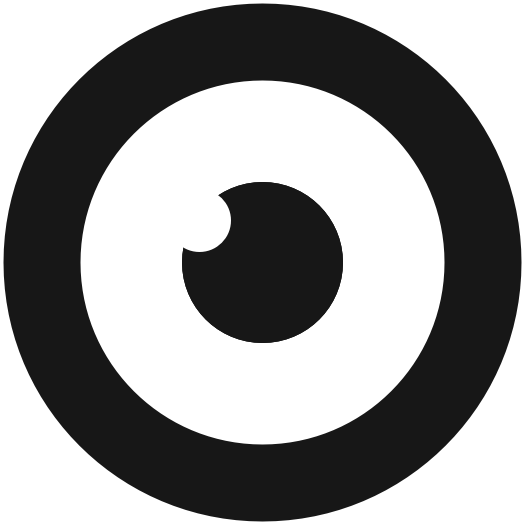TRAVEL & TRANSPORTS THROUGH TIME
1st workshop about Historical Transport by the Universidade NOVA de Lisboa.
visual identity
THE CHALLENGE
The Universidade NOVA de Lisboa and in particular the Faculty of Social and Human Sciences (FCSH) needed a visual identity that fulfilled the highest demands both in meaning and in visual impact for its 1st workshop "Travel and Transports through Time", celebrated on September 10, 2018 in Lisbon and directed by Dr. Pau de Soto.
This workshop is part of the “Mercator-e” project (funded by the European Union and part of the prestigious "European Year of Cultural Heritage" initiative), and the objective of which is to quantify the impact of transport infrastructures through network analysis applied to the diachronic study of the Iberian Peninsula (from Roman times to the XIX century).
THE WORK
My work for the Universidade NOVA de Lisboa was the creation of the visual identity of the project, comprising both the creation of the logo and the isotype and all the related material, including posters, leaflets or material for social networks.
THE OUTCOME
Since there was no previous visual identity, my goal was to create a new one in which the content and the form allowed communication at the highest level. At the level of the content, it should be significant with the theme of the workshop, and ideally it would be at different levels. At the level of form, it should be elegant, current and capable of attracting the attention of the spectator. In addition, given that the idea is that the workshop be repeated every year, this visual identity should be sufficiently timeless and capable of being reused each year as a brand, as a symbol.
The only limitation around the creation was that the logo/isotype should show 3 t’s, coinciding with the beginning of all the words of the name. I also found it interesting to include in it, if possible, some visual concepts that would serve to express the different elements of the name (travel, transportation, time). The problem was how to represent these elements in a single logo, and taking into account that the logo should also include the 3 t’s.
After several approaches, I concentrated on the possibility of finding an element that would be able to represent the 3 concepts at the same time. I arrived to the conclusion that all of them (travel, transportation, time) can be visually represented by a common element, an address vector. Therefore, the arrow emerged as the potential solution, since it is inherent in the nature of each concept.
Now the challenge was how to integrate the arrow into the logo. My intention was to simplify the visual load of the logo, so my main objective was to try to merge the two elements as much as possible. In this way, and after numerous sketches, the solution was to position the 3 t’s in such a way that they formed an arrow; also, this positioning at the same time represents visually and schematically any kind of ways, roads, rails, paths, etc. that communicate with each other, so that a new level of significance is added to the logo in relation to the transportation and travels.
Finally, a shadow is added only to the shape of the arrow, with the aim of highlighting it, as well as a shading on top of the t’s, with the same purpose.
Configuration of the 3 t’s in vertical and in rotation for later creation of an arrow shape (3rd figure)
In relation to chromatism, two objectives were the main ones. First, use different colors for each of the tees, for individuality purposes. But as they are part of a single major concept, the objective was make this differentiation not excessively marked. For this, I resolved to use transitions instead of solid colours. In addition, them would be close on the palette, precisely to attenuate the differentiation between them and achieve a restrained separation, and at the same time to remain visually attractive and harmonious.
In terms of typography, the option was Nunito, from Google Fonts; not only because adapts perfectly to the figure and the shape of the isotype; its rounded forms give it dynamism and even a certain informality that is transferred to the visual identity, but maintaining the seriousness that the project needs. In addition, its clarity and clean lines ensure easy reading even on a small scale.
So, once decided the typography and its configuration, the logotype was ready for its use. The next step would be the creation of all the material relating, such as posters, diptychs, material for social networks, etc.
Dos ejemplos del material creado: díptico y página en Twitter.
Thus, the final result of all the work is the creation of a visual identity with content and meaning in different planes and that, at the same time, is elegant, current and capable of attracting the attention of the viewer.









